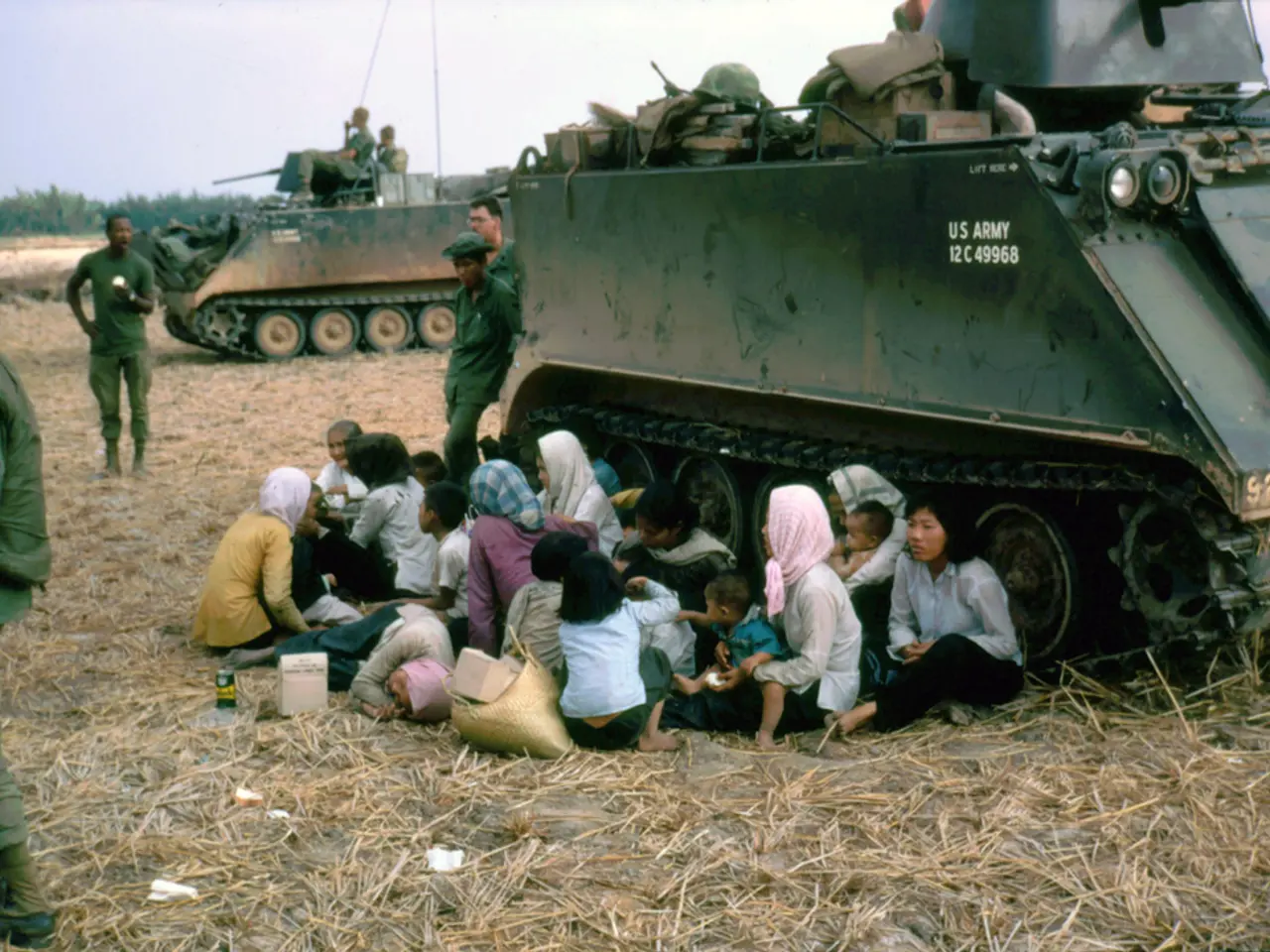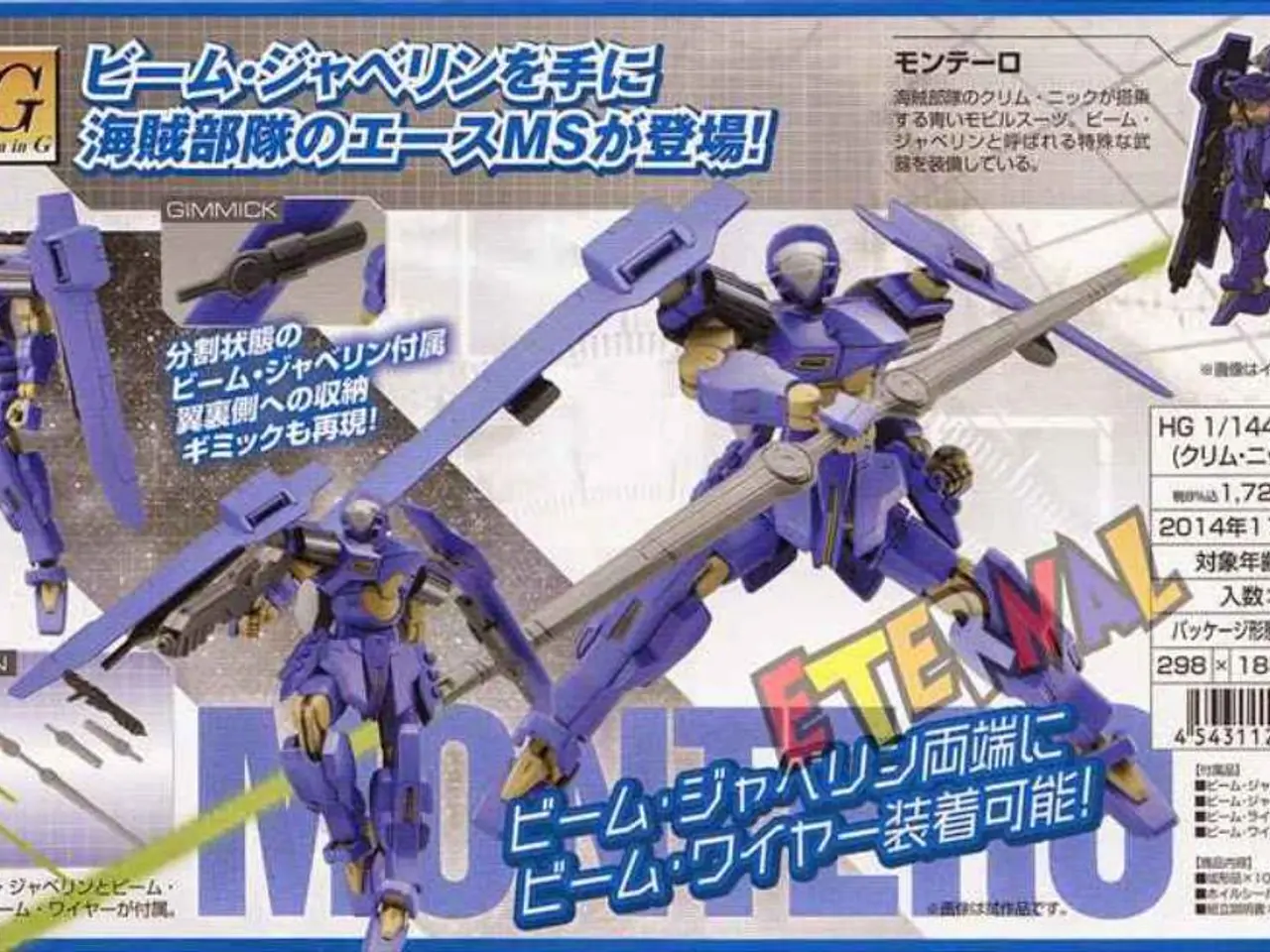Leadership at the tactical unit level for Command and Control Centers within the USAF Military hierarchy contributes significantly to mission achievement.
In the United States Air Force (USAF), Command Chief Master Sergeants (CCMs) play a crucial role in ensuring operational success and organizational resilience at the unit level. These senior enlisted leaders serve as the bridge between commanders and the enlisted force, focusing on the health, welfare, morale, and effective utilization of enlisted personnel and their families.
CCMs fulfill a vital liaison role, ensuring that command policies are clearly communicated and understood throughout the unit. This helps maintain clarity and unity of effort for operational objectives.
Another key function of CCMs is their continuous assessment of factors affecting enlisted force morale and well-being. By providing actionable recommendations to commanders, they strive to resolve problems, improve morale, and sustain a resilient force capable of enduring operational stresses.
In addition to their advisory role, CCMs provide leadership and mentorship to subordinate Chief Master Sergeants and senior enlisted leaders. This fosters professional development and ensures effective enlisted leadership across units, which is vital for maintaining operational effectiveness.
CCMs also advise commanders on enlisted personnel matters, including readiness, training, utilization, and quality of life. This allows for more informed decision-making that directly impacts unit success and sustainability.
By prioritizing ongoing evaluation, fostering a culture of innovation, and leveraging technology effectively, CCMs ensure their units remain agile, adaptable, and primed for continued success in achieving strategic objectives. Enhancing collaboration and teamwork within units involves fostering a supportive environment, promoting open communication, cross-functional partnerships, setting clear goals, and establishing mechanisms for feedback and continuous improvement.
Embracing technology as a tool for seamless communication can further enhance the unit's ability to adapt swiftly and effectively to evolving scenarios. Monitoring progress towards goals is a critical aspect of strategic leadership at the unit level, involving tracking key performance indicators (KPIs) to ensure that the unit is on track to achieve its mission objectives.
Key Performance Indicators (KPIs) for mission effectiveness are crucial for measuring success in strategic leadership. Effective strategic leadership at the unit level requires clear communication, decisive decision-making, strong interpersonal skills, adaptability, and a focus on mission objectives.
In summary, CCMs enhance operational triumphs and organizational resilience in the USAF by acting as senior enlisted leaders who ensure the well-being and effective integration of the enlisted force with command initiatives, enabling sustained mission readiness and cohesive unit performance. This strategic leadership bridges the enlisted force and command leadership, creating a resilient, mission-capable force that can adapt to challenges and excel operationally by addressing both the technical and human aspects of the Air Force mission.
[1] USAF Command Chief Master Sergeant Fact Sheet, 2021. [2] USAF Command Chief Master Sergeant Role and Responsibilities, 2021.
- In the realm of their business operations within the United States Air Force (USAF), Command Chief Master Sergeants (CCMs) exhibit strong leadership by integrating technology effectively to ensure that their units remain adaptable and agile in achieving strategic objectives.
- When it comes to maintaining unit success and sustainability, CCMs in the USAF demonstrate strategic leadership by prioritizing continuous evaluation, fostering innovation, and embracing technology to enhance communication, teamwork, and the monitoring of key performance indicators (KPIs), thereby creating a resilient and mission-capable force that can adapt to challenges and excel operationally.




